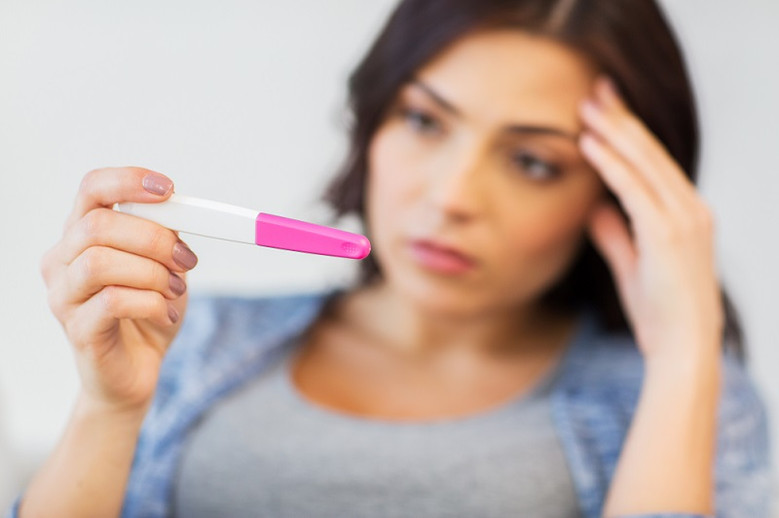You might have been as sensible and robust with contraception as you thought it was possible to be, but sometimes unexpected things happen. There are a few things that can happen to result in pregnancy even if you’re using protection sensibly and carefully:
- A split condom
- Using the ‘pull-out’ method (NEVER reliable)
- The morning after pill simply not working for reasons beyond your control.
- The MAP (morning after pill) not working because of outside factors, e.g. taking it outside the necessary timeframe, missing pills, illness where you vomit, travelling between time zones and getting confused.
- Unexpected failure of an IUD/implant
Put bluntly – there is no contraception which is guaranteed to work 100% of the time, but if you’re looking for the most reliable form, it’s to use condoms. Plus, condoms are the only type of contraception which protect against STIs as well as pregnancy. If you know that your contraception has failed, or you just didn’t use any, then this is the time to consider emergency contraception. This could be a coil being put in situ, or most commonly the MAP being taken. This is to be taken as soon after unprotected sex as possible, it has a 120 hour window for effectiveness. You can get it from your GP, a pharmacy or a sexual health clinic; all require a face to face/telephone consultation (probably the latter in these Covid-dictated times). It’s a good option if you know that things haven’t gone to plan, rather than just waiting and seeing.
So, you think you’re pregnant?
First things first – don’t panic and do approach the situation logically, calmly and rationally. Just because the pregnancy was unplanned, it doesn’t mean that you can’t plan a solution. The best way to start is to make 100% sure that you are actually pregnant.
There are many and varied pregnancy tests on the market, all easily available, but knowing which one to choose can be confusing. There’s slight relief in the fact that these days you can pretty much tell straight away if you’re pregnant if you’ve missed a period, back in the day women had to send a urine sample off and wait with bated breath for the results through the post. But that doesn’t make it any easier for you to know which test to choose.
Which test is the right one?
Bear in mind at this point that the general advice is to wait until your period is two weeks late to use a pregnancy test because then you can get a result that’s reliable, but these days you don’t have to so it is tempting to test early if you’re aware that your contraception has failed. There are:
- ‘Early detection’ testing kits, designed for use before your period is late.
- Tests which are meant to be used from the day that your period is late, not before.
- Standard tests, some more expensive than others depending on brand. You can get unbranded, super cheap ones over the internet or pay more to get a brand name in a chemist/supermarket.
- Blue dye tests (think Clearblue and supermarket own brand).
- Red dye tests (think First Response).
- Digital tests which say ‘Pregnant’ or ‘Not pregnant’ for the sake of ease.
With the very early ones it’s possible that you will pick up some of the pregnancy hormone without actually being pregnant. Confusing, we know, but there is such a thing as a chemical pregnancy which registers some of the hormone but doesn’t go on to develop into full-blown pregnancy. These tests often register a false negative though because it’s simply too early to tell. So try and wait until at least a few days after your missed period.
A positive test may not always be right but this is rare. A more common scenario is a false negative. If you test and get a super faint line then leave it and re-test a few days later. Don’t leave it too long though because the earlier you know that you’re definitely pregnant, the more time you have to choose which option is the best one for you.
What are my options?
1.Continue with the pregnancy and raise a child.
2.Continue with the pregnancy and consider adoption.
3.Choose to end the pregnancy with a termination (abortion).
If you’re thinking of going for option number three then there are lots of sources of help and support out there. The professionals aren’t there to tell you what’s right and what’s wrong, they are specially trained to support women in this position to gently work out what the right answer is for them. Any abortion clinic will have professionals on-site that you can consult before you decide anything.
If you’re certain that a termination is the best option for you, then you might be able to choose between a medical procedure or a surgical one. Which is the right course of action for you is dependant on how many weeks you are (the gestation of your pregnancy), your medical history and examination and your personal choice. There will be no judgement levelled at you at any point, these services have been designed to help women in exactly your position. In fact, statistics show that 1 out of 3 women will have had a termination by the time they are 45. The clinic will scan you to find out how far along you are.
Medical abortion
This is where you take two tablets consecutively. The first is usually taken in the clinic and the second one at home. The first is called mifepristone and it blocks the hormone needed for the pregnancy to grow.
The second medication is called misoprostol, and this causes the body to expel the pregnancy from the womb. Misoprostol causes the softening and opening of the cervix (neck of the womb) and contractions of the womb, so that the pregnancy can pass through the vagina and it can be taken between 24-48 hours after the first one.
It's vital to understand the difference between the MAP and the medical abortion pill. The first is designed to prevent a pregnancy and the latter is to end an established pregnancy. They are very distinct in their function.
Due to Covid it is now possible to get these tablets sent to you at home.
Surgical termination.
You will undergo a short procedure under general anaesthetic to remove the pregnancy from your uterus.
Afterwards it’s normal to have bleeding and cramping very similar to a period and you my have a follow-up scan to make sure that there’s no tissue remaining.



